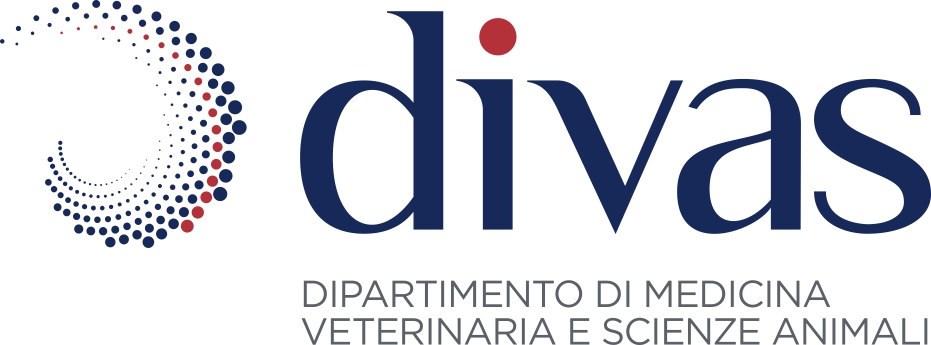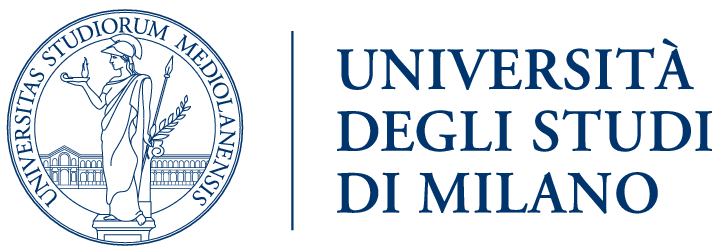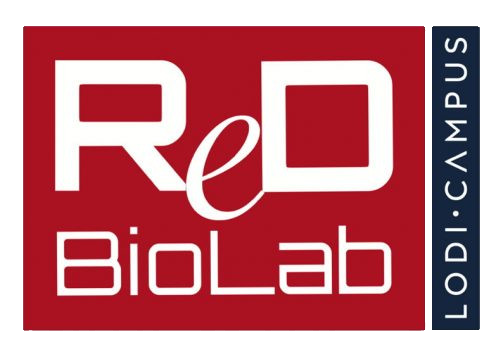PRIN: PROGETTI DI RICERCA DI RILEVANTE INTERESSE NAZIONALE Bando 2020 Prot. 20209L8BN4 – Project: New perspectives for the exploitation of female reproductive potential in mammals: from the recovery of the untapped natural ovarian reserve to the generation of oocytes and granulosa cells from mesenchymal stem cells (InfinitEGG)
(2022-2025)
Scientific Coordinator: Alberto M. Luciano
Research team: Alberto M. Luciano, Federica Franciosi, Valentina Lodde, Fernanda Fagali Franchi and Noemi Monferini
Università degli Studi di MILANO (Coordinator), Università degli Studi di Sassari, Università degli Studi di ROMA “Tor Vergata”, Università degli Studi dell’AQUILA, Università degli Studi di PALERMO

Project summary – Female fertility preservation and improvement of reproductive efficiency are urgent issues in both livestock and humans. The exploitation of the entire ovarian germinal cell’s reservoir is not yet possible. Particularly, oocytes at early stages of their differentiation enclosed in preantral and small antral follicles are discarded as they cannot be used in routine in vitro embryo production (IVEP) protocols. InfinitEGG will provide robust and reliable in vitro culture protocols to support the development oocytes from follicles at different stages of development. These protocols will mimic the intra-ovarian physiological milieu to obtain competent oocytes suitable for routine IVEP protocols to generate embryos and newborns. This goal will be achieved through a multi-step approach where, as in a “relay race”, the completion of one step is preparatory for the following steps. In the first step primordial follicles are culture up to the early antral stage, when cumulus-oocyte complexes (COC) are removed from the follicle. In the second step the COC are culture in a conceptually new system to attain meiotic and embryonic developmental capability. The optimization of culture protocols will allow the exploitation of the entire ovarian reserve. In addition, an alternative source of oocytes to be submitted to the above-mentioned steps will be explored. This potential source of oocytes arises from the in vitro derivation of gametes, which is in turn based on the differentiation of germ cells from stem cells and the subsequent generation of female gametes and granulosa cells from mesenchymal stem cells into ovary organoids. In a high-risk/high-gain scenario, this approach could provide an ideally infinite source of gametes for assisted reproduction technology (ART) and biotechnology applications.
The use of cutting-edge technologies, such as the use of proteomics and miRNA profile of small extracellular vesicles (sEVs) released during the culture phases as valuable markers of differentiation and efficacy of the culture system, as well as the use of ruminants as animal models – due to the strict physiological similarities with humans – will ensure the achievement of the objectives foreseen in each work package. As future perspectives, sEVs loaded with specific molecules, which are predicted to be involved in follicle development, could be used to improve oocyte developmental competence. The multidisciplinary approach and the joint efforts of the research Units with complementary expertise represent a truly unique opportunity in the field of reproduction research in Italy, which will allow for significant improvements in ART efficiency in both animal breeding and human medicine.



